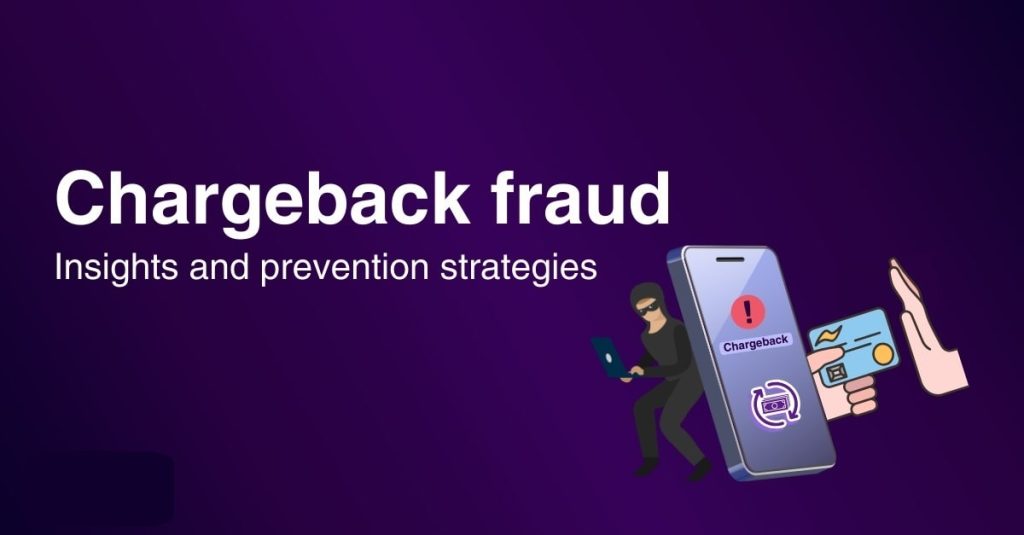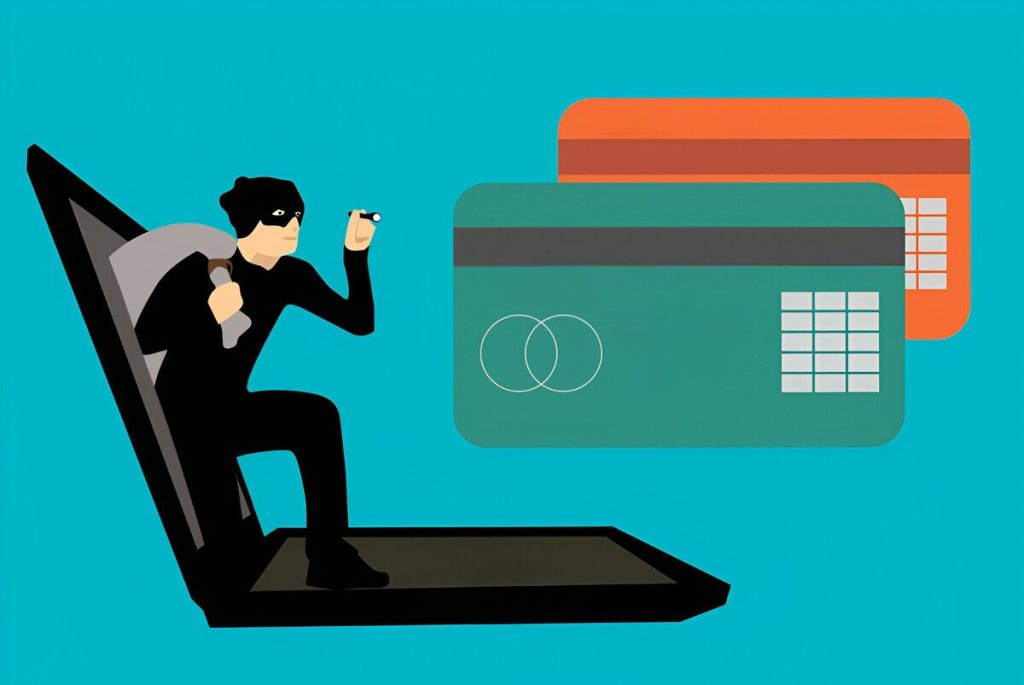Chargeback fraud is an increasing threat to online businesses, particularly in e-commerce. The fraud occurs when customers falsely claim legitimate transactions as fraudulent, requesting refunds while retaining goods or services. The global cost of chargeback fraud reaches billions annually, with an estimated $15 billion lost each year. This guide outlines how businesses can detect and prevent chargeback fraud efficiently.
Defining Chargeback Fraud
Chargeback fraud happens when a customer disputes a legitimate transaction, intending to secure a refund from their bank without returning the product or canceling the service. This is known as friendly fraud. Such cases account for 60% to 80% of chargebacks. Another form, true fraud, occurs when fraudsters use stolen card information.
Types of Chargeback Fraud
- Friendly Fraud: Legitimate customers falsely dispute transactions.
- True Fraud: Unauthorized purchases using stolen card data.
- Triangulation Fraud: Fraudsters use stolen card data to ship goods to unsuspecting customers.
Why Detecting Chargeback Fraud is Critical
Chargeback fraud can result in significant financial losses. Businesses not only lose revenue but also face penalties. Mastercard reports that merchants often pay up to 2.5 times the original transaction amount, covering the cost of lost goods, fees, and operational expenses. Additionally, if chargeback rates exceed a certain threshold, businesses may incur higher processing fees or face account suspension by payment processors.
Financial Impact
- Lost Revenue: Merchants lose the sale amount and product.
- Fees: Chargeback fees range from $15 to $100 per dispute.
- Operational Costs: Resolving chargeback disputes consumes time and resources.

Detecting Chargeback Fraud: Key Strategies
Businesses must use proactive strategies to identify chargeback fraud early.
Behavioral Analytics
Fraud detection tools analyze customer behavior across the transaction process. Look for:
- Unusual Transaction Patterns: High-speed purchases, mismatched IP addresses.
- Geographical Risks: Transactions from regions with a high fraud risk.
Advanced tools from Checkout.com and Braintree monitor these behaviors in real-time, helping merchants flag suspicious activity.
Secure Payment Processing
Implementing secure payment protocols helps reduce the risk of chargeback fraud:
- Address Verification Service (AVS): Matches the billing address to the one on the card.
- Card Verification Value (CVV): Ensures the buyer has physical access to the card.
- 3D Secure 2.0 (3DS2): Adds a layer of authentication for online transactions.
Preventing Chargeback Fraud
Prevention is more cost-effective than disputing fraudulent chargebacks. These measures can help reduce risks.
Clear Return and Refund Policies
Many disputes arise due to complicated return policies. Simplifying these can reduce the likelihood of chargebacks:
- Ensure policies are clear and easy to find.
- Offer multiple channels for returns and refunds.
Proactive Communication
Engage customers after purchases to confirm satisfaction. Automated systems can send follow-up emails confirming delivery and product quality, allowing businesses to address issues before they escalate into chargebacks.
Fraud Detection Tools
Using fraud detection tools like Stripe Radar and Checkout.com’s Fraud Detection Suite helps detect risky transactions before they turn into disputes.
Partnering for Chargeback Prevention
Partnering with experts in chargeback prevention can help businesses reduce fraud risks. Merchanto.org, an official partner of Visa and MasterCard, offers advanced tools to detect and prevent chargeback fraud. Merchants can protect themselves by integrating solutions from trusted partners. Learn more at Merchanto.org.
Handling Chargeback Disputes
When chargeback fraud happens, businesses need to dispute the claim, a process known as representment. Success in representment depends on providing clear evidence that the transaction was legitimate.
Steps in Chargeback Disputes:
- Collect Documentation: Gather receipts, delivery confirmations, and customer communications.
- Provide Transactional Data: Include IP addresses, device IDs, and location data to show that the purchase was legitimate.
- Submit Evidence Promptly: Merchants typically have 20-45 days to respond to a chargeback.
Automation tools can help businesses submit accurate and timely disputes, significantly increasing the chances of success.

Tables: Key Data on Chargeback Fraud
Table 1: Reasons for Chargeback Fraud
| Type of Fraud | Description | Percentage of Cases |
|---|---|---|
| Friendly Fraud | Customers falsely claim legitimate purchases | 60%-80% |
| True Fraud | Fraudsters use stolen card data | 20%-30% |
| Triangulation Fraud | Fraudsters exploit stolen card data to sell goods | 5%-10% |
Table 2: Costs of Chargeback Fraud
| Type of Loss | Cost per Chargeback |
|---|---|
| Chargeback Fees | $15 – $100 per dispute |
| Lost Revenue | Up to 2.5x the original transaction amount |
| Operational Costs | Varies depending on dispute management effort |
Table 3: Effective Chargeback Prevention Strategies
| Strategy | Description |
|---|---|
| Secure Payment Processing | Implement AVS, CVV, 3D Secure |
| Behavior Monitoring | Monitor customer behavior and flag anomalies |
| Customer Communication | Follow up on purchases to resolve issues early |
Best Practices to Reduce Chargeback Fraud
By focusing on specific preventive actions, businesses can minimize chargeback fraud risks.
Payment Verification Tools
Integrate systems like AVS, CVV, and 3DS2 to ensure that the person making the transaction is the legitimate cardholder.
Behavior Monitoring
Use fraud detection systems to track user behavior, such as Stripe Radar or Checkout.com’s Fraud Suite. These tools can flag unusual activities, such as mismatched locations or multiple payment attempts from the same user.
Customer Engagement
Stay in touch with customers post-transaction. A quick follow-up message confirming receipt of goods and ensuring satisfaction can prevent many disputes. Offering clear return and refund options can also help reduce misunderstandings that lead to chargebacks.
Why Chargeback Fraud Is Increasing
Chargeback fraud is becoming more common due to the ease with which customers can file disputes. Visa and MasterCard have implemented procedures to help protect consumers from unauthorized transactions, but these protections can also be exploited by fraudsters.
E-commerce Growth
The rise in e-commerce has provided more opportunities for chargeback fraud. More transactions are occurring without in-person verification, increasing the risk of fraudulent disputes.
Customer Misunderstandings
Friendly fraud often happens because customers fail to recognize legitimate transactions or misunderstand return policies. About 21% of consumers admit to filing false claims of non-receipt.
Conclusion
Chargeback fraud is a growing threat to online businesses, but with the right tools and strategies, it can be mitigated. By implementing strong fraud detection systems, clear policies, and proactive customer engagement, businesses can reduce their risk of chargeback fraud significantly.
In summary, businesses that take preventive measures, use data-driven tools, and handle disputes efficiently are better positioned to manage the growing risk of chargeback fraud.



